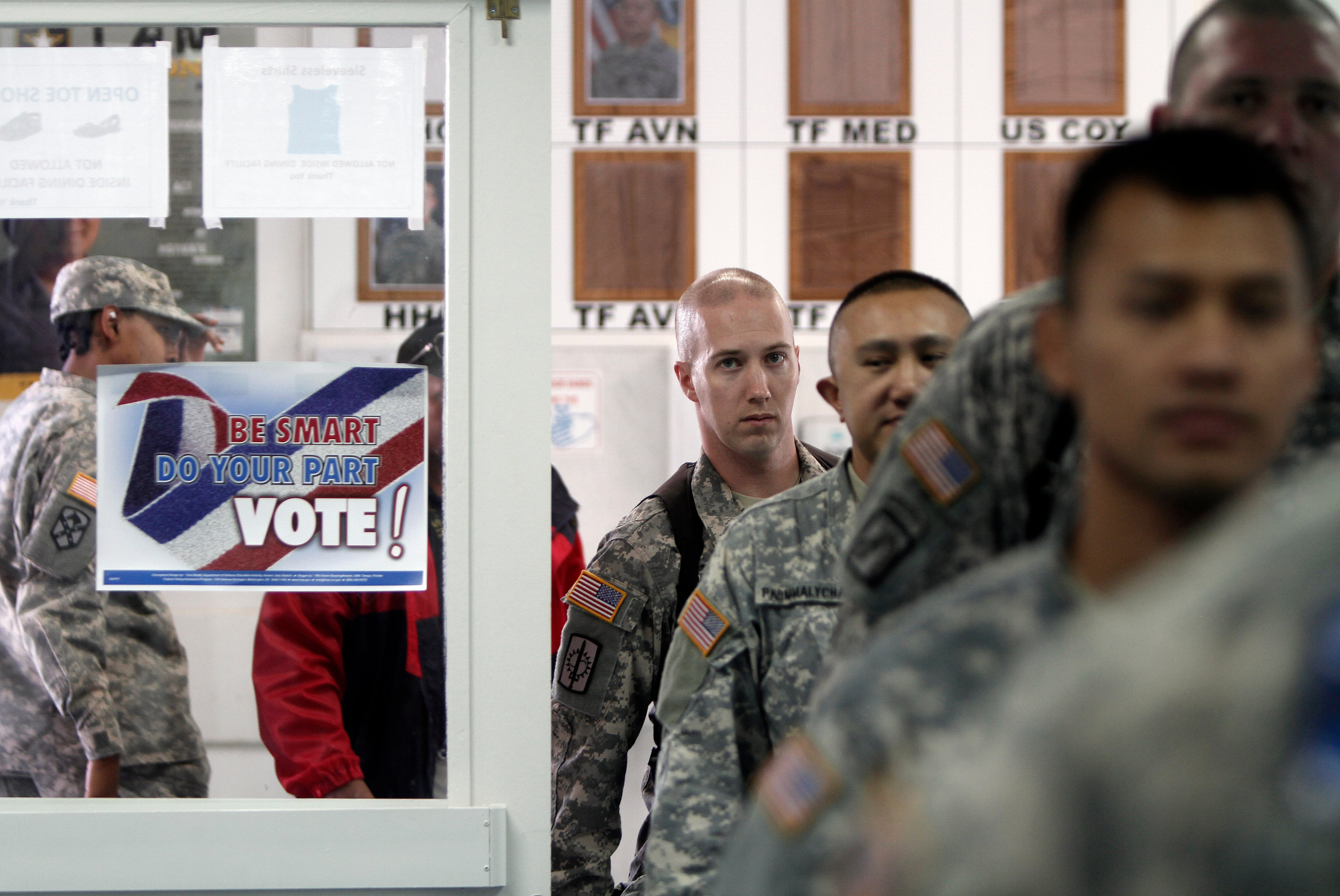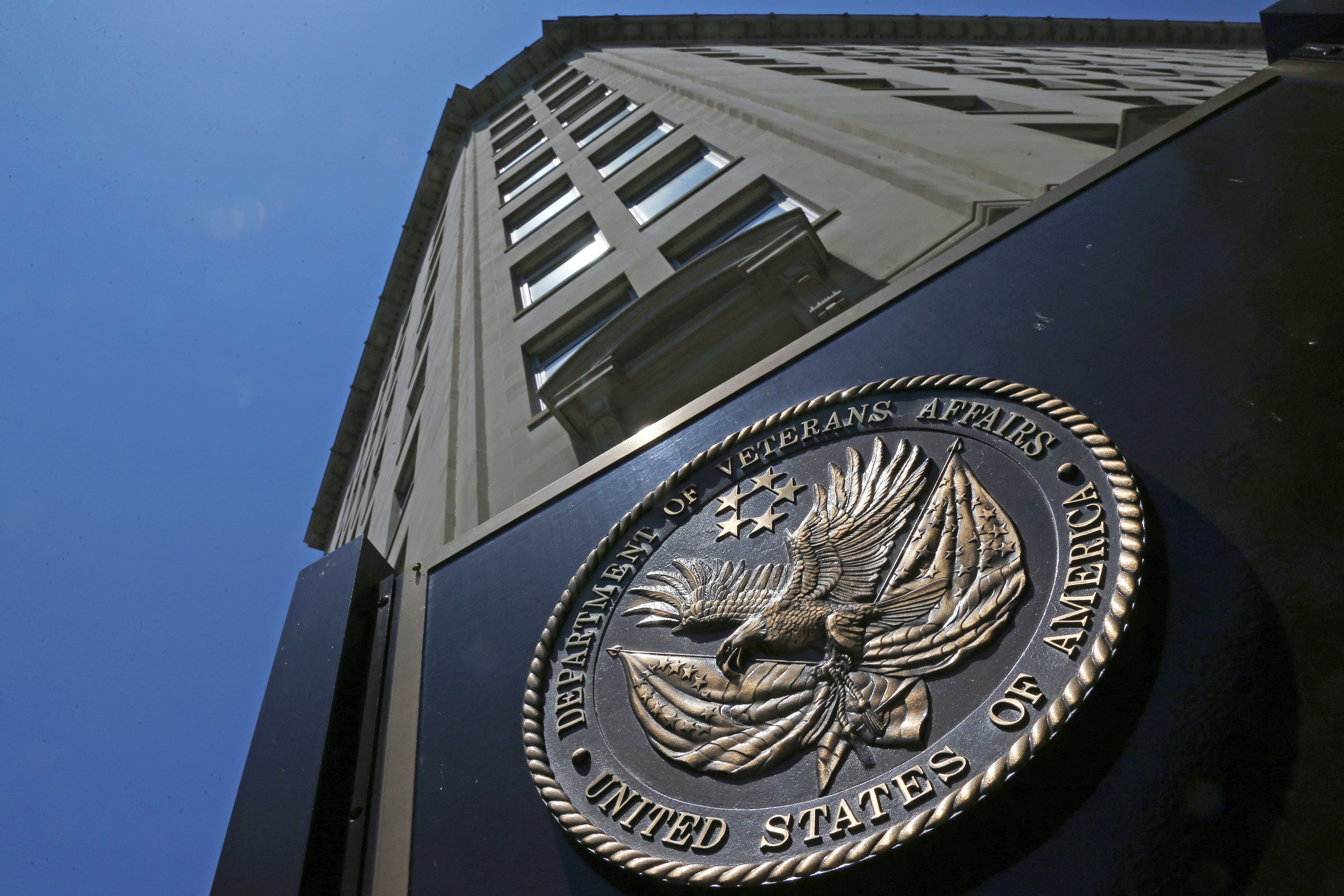Defense Secretary Ash Carter announced Thursday that the Defense Department will lift all gender-based restriction in military service starting in January, a historic change that will clear the way for women to serve alongside men in combat all arms units.
Carter decision comes as a rebuke to an internal recommendation from the Marine Corps's leadership that sought to keep some jobs closed to women. In contrast, the Army leaders recommended opening all combat arms jobs to women.
Carter said he wanted to keep the rules consistent across the force.
"JOINT"
Specifically, the move will eliminate the long-standing Pentagon rule technically excluding women from serving in combat roles — about 220,000 in all, many in Army and Marine Corps infantry and armor units.
Starting next month, female service members -- both current and incoming recruits -- will be allowed to serve in any military job for which they meet the gender-neutral performance standards and other requirements.
"They will be allowed to drive tanks fire mortars and lead troops into combat...." Carter said.
Carter made the announcement at a Pentagon press briefing. The briefing did not include Marine Corps Gen. Joseph Dunford, the chairman of the Joint Chiefs of Staff, who was also the commandant of the Marine Corps earlier this year when the service made its recommendation for keeping some gender restrictions in place.
"JOINT
"I believe that we could in implementation process address the issues that were raised," Carter said.
The decision is the final step in ending a process that began in 2013, when then-Defense Secretary Leon Panetta stunned the military community by announcing the change and setting an effective date of Jan. 1, 2016. On Thursday Carter announced that he will not be granting any exemptions to that policy.
For the Navy, the impact will be mainly limited to the SEAL community, which was historically limited to men. The Navy integrated the fighter pilot career fields in the 1990s and began allowing women to serve on submarines several years ago.
For the Air Force, the change will impact six Air Force Specialty Codes had been closed to women: Special tactics officer and combat rescue officer, as well as the enlisted fields of special operations weather, combat control, pararescue and tactical air control party. The gender restrictions affected roughly 4,000 positions.
The head of Air Force Special Operations Command said earlier this year that women special operators would have to meet the same physical standards as men if they were allowed to become battlefield airmen.
Carter, has been mulling the issue since September after receiving divergent recommendations from the Army and Marine Corps. Army leaders have recommended opening all combat arms jobs to women, while Corps leaders want to keep some jobs male-only, according to officials familiar with the discussions.
Today's announcement will bring to a head the long-simmering debate about the different approaches the two services have taken to the historic policy change that was set in motion in 2013.
Earlier this year, the Marine Corps appeared to outline a justification for keeping some gender restrictions in place by publicly releasing the results of a yearlong study that concluded that male-only units performed better overall than gender-integrated units.
Specifically, that Marine Corps-sponsored study found that male-only infantry units shot more accurately, could carry more weight and move more quickly through some tactical maneuvers. The study also found higher injury rates for women than for men.
The Army, in contrast, has shown strong support for opening all military occupational specialties to women. So far this year, three female soldiers completed the prestigious Army Rangers School and earned the Ranger Tab. In November, the Ranger School's first fully integrated class got underway at Fort Benning, Georgia.
The Pentagon leadership's final decision about whether to lift all gender restrictions has been influenced by a pending lawsuit from several former female service members who claim the combat exclusion rules violate their constitutional rights.
The contentious issue revealed a rare public disagreement between the Marine Corps leadership and the Department of the Navy, which technically oversees the Marines.
Secretary of the Navy Ray Mabus voiced strong public support for lifting all gender restrcitions, including those for Navy SEALs, yet Marine Corp Gen. Joseph Dunford, who recently went from commandant of the Marines to chairman of the Joint Chiefs of Staff, reportedly recommended some positions remain closed to women.
The Marine Corps's nine-month Marine Corps study compared all-male units to mixed-gender units and included battlefield simulations examining the impacts of integrating women into combat roles. The Corps released only parts of the study's final report, which highlighted unit cohesion problems and increased rates of injuries for women.
Critics said the Marine's study was flawed because failed to take into account that many of the male Marines, unlike the females, had prior training in the combat arms. The study also focused on average results rather than individual results, critics said.
------
The change was driven in part by support from the White House and President Obama's interest in expanding opportunities for all Americans to serve in the miltiary. In 2011, Congress passed and Obama signed a law ending the prohibition on homosexuals serving openly in the military.
And the change was
During a decade's worth of conflict, more than 283,000 women were deployed to the two countries. Hundreds of them served in harm's way, according to casualty figures.
More than 800 female service members have been wounded in either Afghanistan or Iraq, and at least 139 have died from combat- and non-combat-related incidents.

Andrew Tilghman is the executive editor for Military Times. He is a former Military Times Pentagon reporter and served as a Middle East correspondent for the Stars and Stripes. Before covering the military, he worked as a reporter for the Houston Chronicle in Texas, the Albany Times Union in New York and The Associated Press in Milwaukee.



